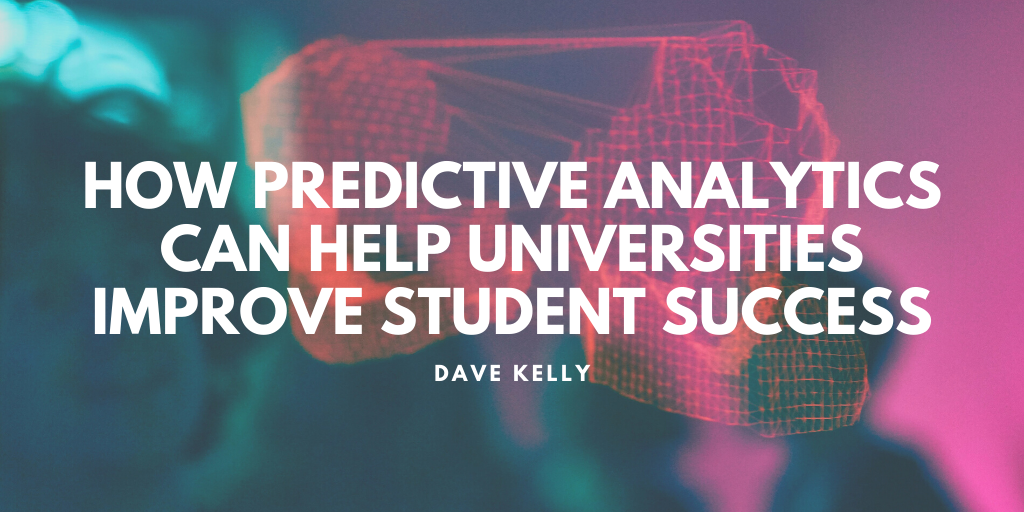Every year, at academic institutions across the country, first-year students pack their bags, leave their dorms, and never return to that college or university. For some, the school wasn’t the right fit. For others, some combination of course load, difficulty adjusting, paying tuition, and other personal factors cause more stress than they can handle. Whatever the case, students are leaving, and institutions are losing valuable scholarship, tuition, and onboarding expenses with every student who decides to leave. Student churn is detrimental for students and universities alike.
Churn rates cover much more than whether a single student leaves a university. When researchers analyze churn rates, they explore soft drops (classes, majors) and hard drops (entire universities). They also look at things like demographics, course load, course combinations, and socioeconomic factors.
The Data
Data published in 2019 by the National Student Clearinghouse Research Center demonstrates that universities retained 69%–73% of their full-time students over eight years. The retention numbers drop to 39%–46% for part-time students and an average of 59%–62% over the entire student population. This means that 27% – 54% of students leave the first university of their choosing, never to return.
A deeper dive into the data reveals that race and ethnicity play a significant role worth examining. The Clearinghouse looked at students who entered university in the fall of 2017 and reported on returning student races. Universities retained 72% of Asain students, 62% of White students, 59% of Hispanic students, and 52% of Black students. The factors that contribute to these statistics can be found in the data, analyzed, and modeled to alert us to who is at risk.
Applying Predictive Analytics
Predictive algorithms can automate the analytical process and proactively point administrators to students who might be at risk of leaving the university before they actually do. By examining demographic, performance, and logistical data, we can forecast the likelihood of a given student succeeding at a given university and develop intervention plans for those at risk. This not only helps the university forecast tuition revenue and plan administrative expenses, but it also can find the students who are lost on the university trail and put them on the right path to success.
The Coronavirus pandemic has brought additional complexity to the problem of student churn. It has caused concern about a higher-education bubble that may be poised to pop. Advanced data and analytics platforms can examine remote learning data points, contrast them with the on-campus experience, and provide insights that can ensure the right mix, empowering student engagement that matches the tuition value proposition.
With the power of an enterprise data analytics platform, university departments can keep track of vast volumes of data and identify what is most relevant at a given point in time. This data provides the whole institution incredible insight beyond just student churn, like where to hold fundraising events, how to schedule courses, and even when to hold departmental meetings. The clarity and precision provided by enterprise data analytics combined with predictive modeling drives efficiencies that equally benefit students, faculty, and administrators. Implementing such technology is a win for everyone!
